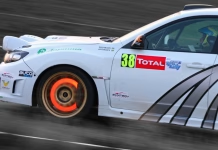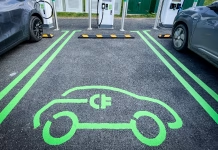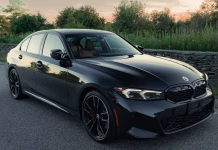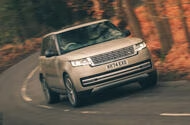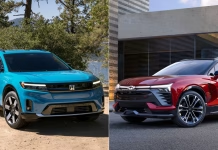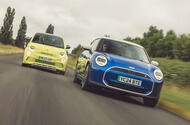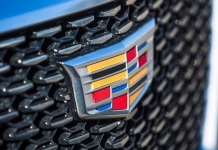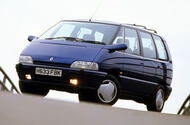Brake Fade Explained: Why Your Car Isn’t Slowing Down When You Hit the Brakes
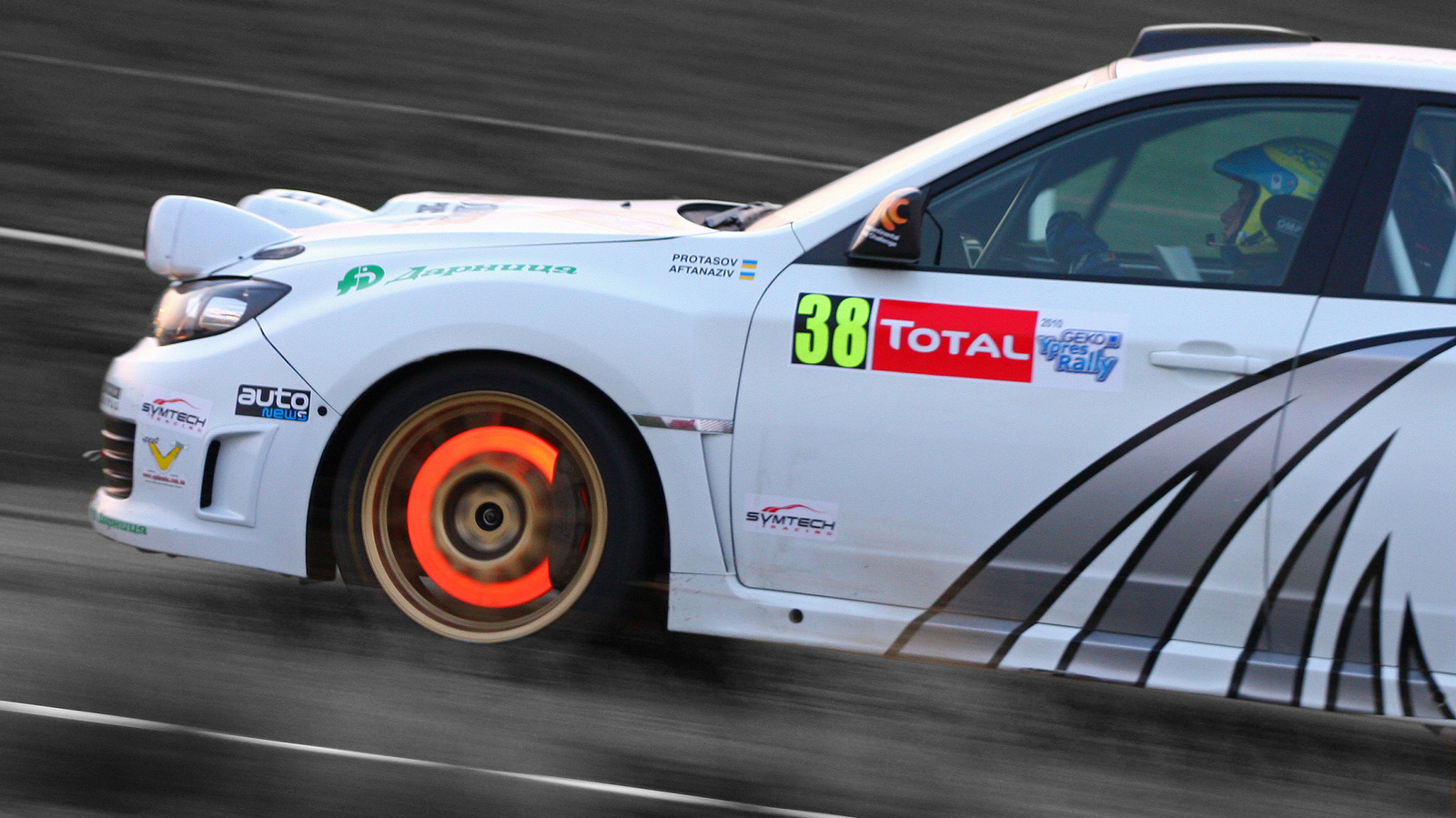
Corvette ZR1 Stuns Lamborghini Revuelto in Thrilling Drag Race Showdown
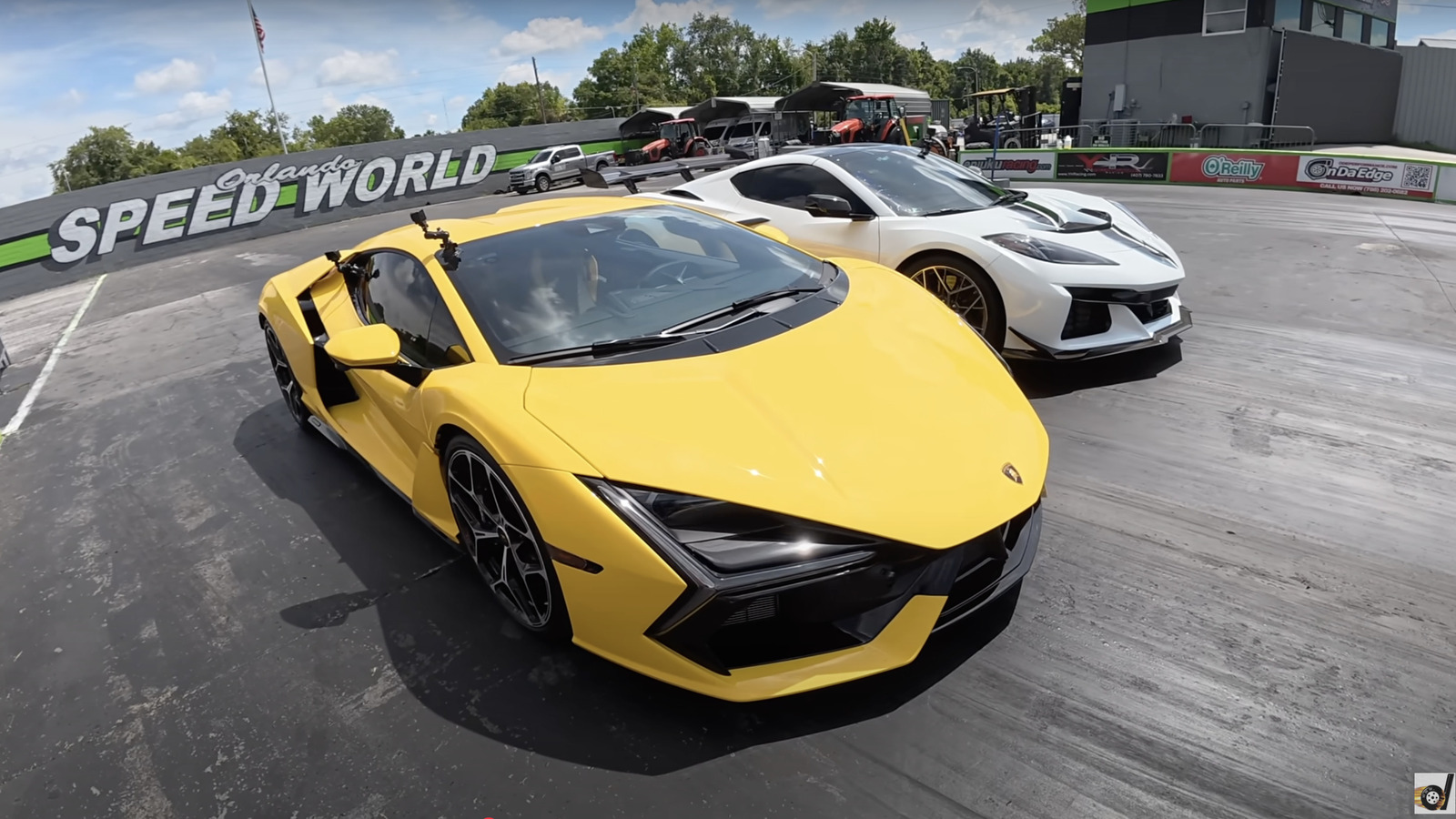
North America Lags Behind Global Surge in Electric Vehicle Sales as Tariffs Hit Volvo
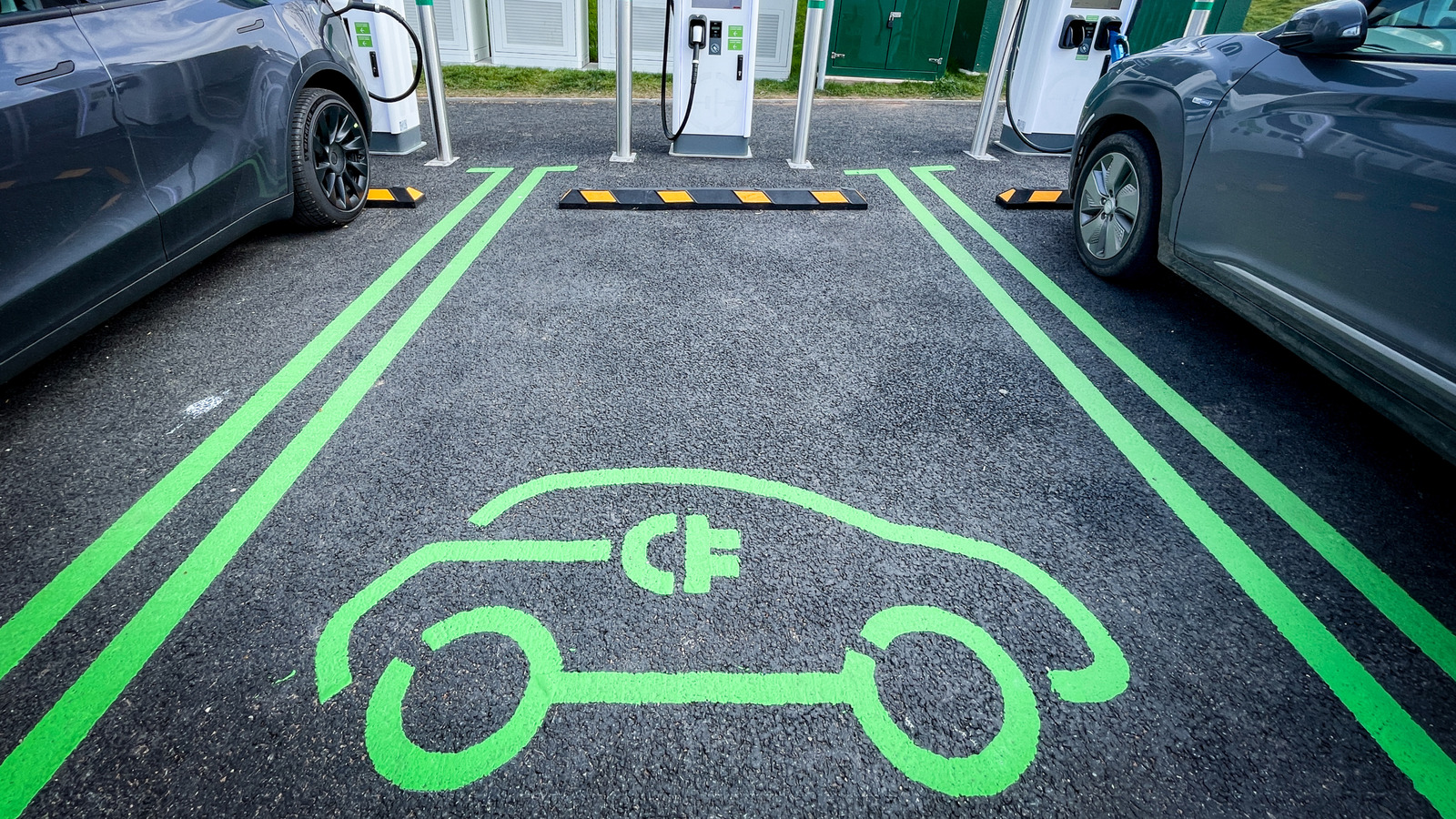
How Much Does a Mild Hybrid Battery Replacement Really Cost?
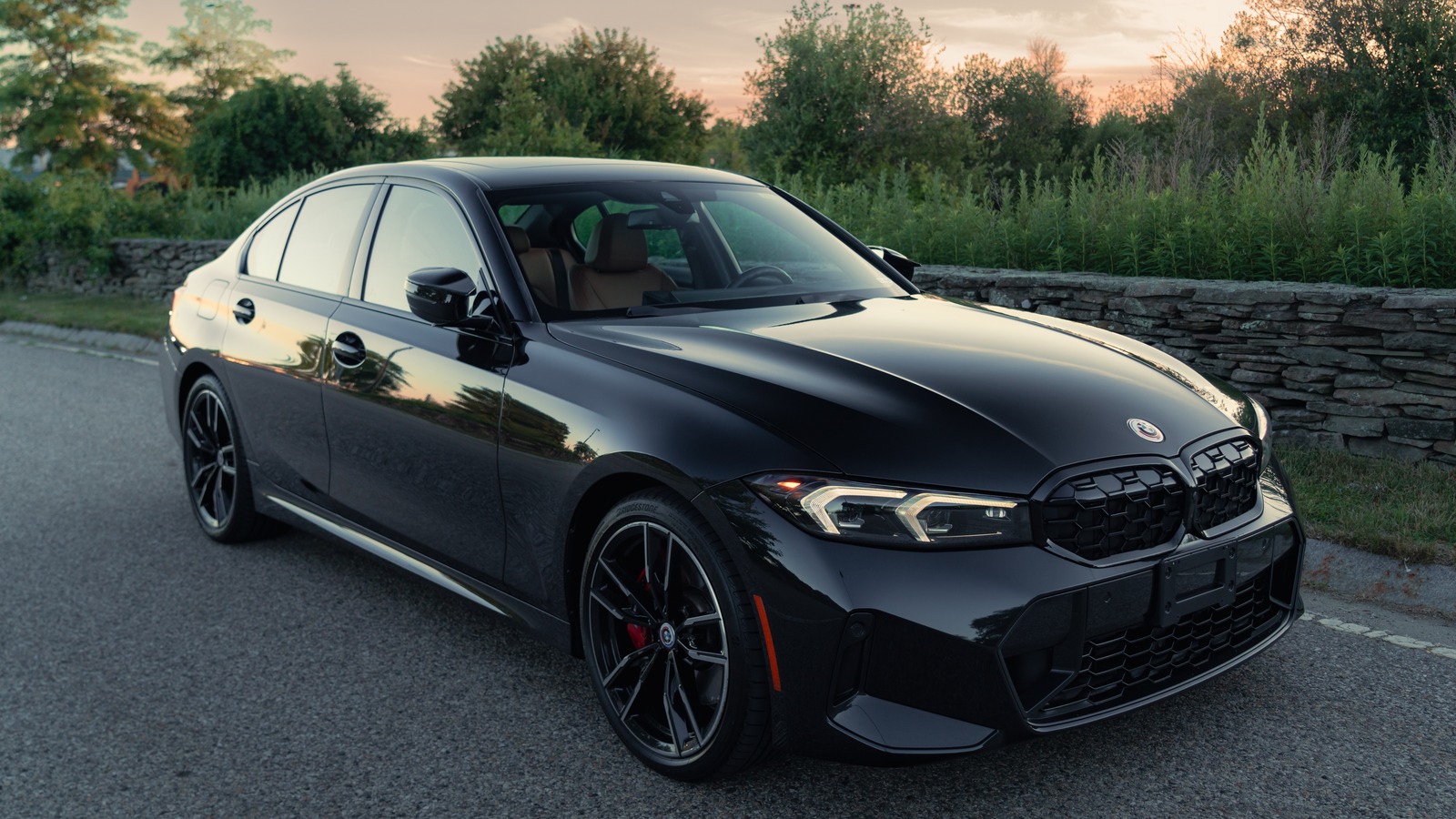
UK Car Makers Eye India’s Booming Market as Tariff Cuts Open New Growth Frontier
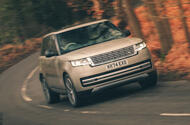 A new trade deal has potentially unlocked India but barriers remain
A new trade deal has potentially unlocked India but barriers remain
Facing a flat market in Europe, falling sales in China and a fragile situation in the US, UK car makers are looking hungrily at a huge market that is predicted by some to be on the cusp of explosive growth.
India has always been a tough prospect, particularly for premium makers, because of extremely high tariff barriers for those wanting to export cars there. But an agreement reached between the UK government and India to reduce tariffs on ‘high-end’ cars from 100% to 10% suddenly brings the world’s most populous market into play.
“There's a lot of wealth there, but the premium and luxury car market has been very suppressed,” Adrian Hallmark, CEO of Aston Martin, told the SMMT Summit in June. “A [tariff] reduction of that size for UK-based manufacturers is really quite significant. It would put all the luxury British brands in a position where we’re in almost the same price category as high-spec premium cars.”
Last year India imported cars worth the equivalent of £55 million from the UK, with Indian-owned JLR accounting for the bulk of that. It sounds a lot but India didn’t even make the top 10 of countries the UK exported cars to last year. In fact, it accounted for less than 1% of the total.
The trade deal, once signed, will improve that. The final deal will be subject to a quota, with a similar arrangement for cars exported from India to the UK. Exports will include the upcoming Suzuki e-Vitara and related Toyota Urban Cruiser small electric SUV.
On paper, India is an extremely promising market. The country has the highest growth rate in the G20 countries and it is expected to remain above 6% over at least the next five years, according to UK government forecasts.
The country recently became the fifth largest economy in the world, overtaking the UK, and is expected to grow to the third largest by 2028.
Meanwhile, India-based Tata Motors forecasts that passenger car sales will rise to six million by 2030, up from 4.3 million in the last financial year ending March.
The country still has an incredibly low number of cars per capita at just 32 for every 1000 people in the country, according to Tata figures, compared with around 300 for China.
Tata is sure where the growth will come from. “The key driver will be, of course, the high-consumption households,” Shailesh Chandra, managing director of Tata Motors passenger vehicles, told analysts at the company’s investor day in June. “You're going to see rich and super-rich – people who really buy the cars – grow two to three times in the next five to six years.”
Tata-owned JLR already understands the luxury market in the country. On its own investor day in June, the UK-based company said it had sold all 12 of a £500,000 ‘Masara’ India-only special edition of the Range Rover, inspired by a blue rare sapphire from the Himalayas.
“The first eight sold before we even showed the car at the Range Rover House,” said head of the Range Rover brand Martin Limpert. “We had customers lined up that said: ‘No matter how it looks, I want one.’”
The Range Rover House is another targeted device to persuade India’s super-rich to join the owners’ club. It is built on the coastal resort of Alibaug and visitors can stay for a whole day for “a modern luxury experience at an exclusive luxury villa”, according to the website.
The dramatic drop in tariffs, once ratified, will unlock a broader market for UK luxury brands in India. Earlier in July, Bentley announced it would team up with parent Volkswagen Group’s official entity in India to create Bentley India, with three new dealers coming to three key cities. The company didn’t refer to tariffs but said the shake-up of its operations there represents “a new era of growth”.
For the mass-market, however, the country remains a hard nut to crack for European car makers. For a start, Maruti-Suzuki has 40% of the passenger car market locked out, with almost 900,000 sold in the first six months of the year, according to figures posted by data aggregator bestsellingcarsblog.com.
Behind the Indo-Japanese giant, local player Mahindra has made big strides to become the number-two maker, with 14% of the market this year, and Hyundai and Tata are close behind. Toyota and Kia are currently running at half their pace, at around 7% share apiece.
Best of the rest is Skoda, at less than 2% of the market.
Renault, meanwhile, has struggled to make a dent in almost 10 years of trying. Back in 2017, the brand was selling 132,000 vehicles with a goal of quarter of a million by 2022. In the first five months of this year, sales stood at just 16,031 of its three models sold there, a fall of 31%.
“It’s a tough market,” said Bruno Vanel, head of product at Renault, during the reveal of the Boreal compact SUV for emerging markets (but not India).
India has been on pause for the brand. “For the last four years, we froze everything,” said Vanel.
India is now back in play for Renault after it bought partner Nissan out of its majority-owned Indian operations earlier this year, which include a plant in Chennai. Facelifted versions of the Triber SUV and smaller Kiger SUV will be available later in the summer. A new strategy plan will be unveiled next year, including a timeline of new models.
“We've a big and flexible plant, a huge engineering centre. We’ve got connected services. We've got a very powerful tool in India,” said Vanel.
Skoda is farther along the path to success after grinding away at the market for several years. The spark is the new Kylaq sub-4.0m small SUV, priced from the equivalent of just £7000, which is finding a ready customer base and boosting Skoda sales by 142% this year.
The Czech brand leads the Volkswagen Group’s India push after several false starts and engineered the Kylaq from the group’s MQB A0-IN platform. A high proportion of locally sourced parts helps to keep the cost down for India’s very discerning but also incredibly value-conscious customer base.
Big things might be predicted of the Indian car market, and while monthly records are being hit, wholesales (sales to dealers) were up only 1.3% in the first half. Unlocking the potential of India will need further hard slog.
Why F1 Drivers Almost Never Use Reverse Gear
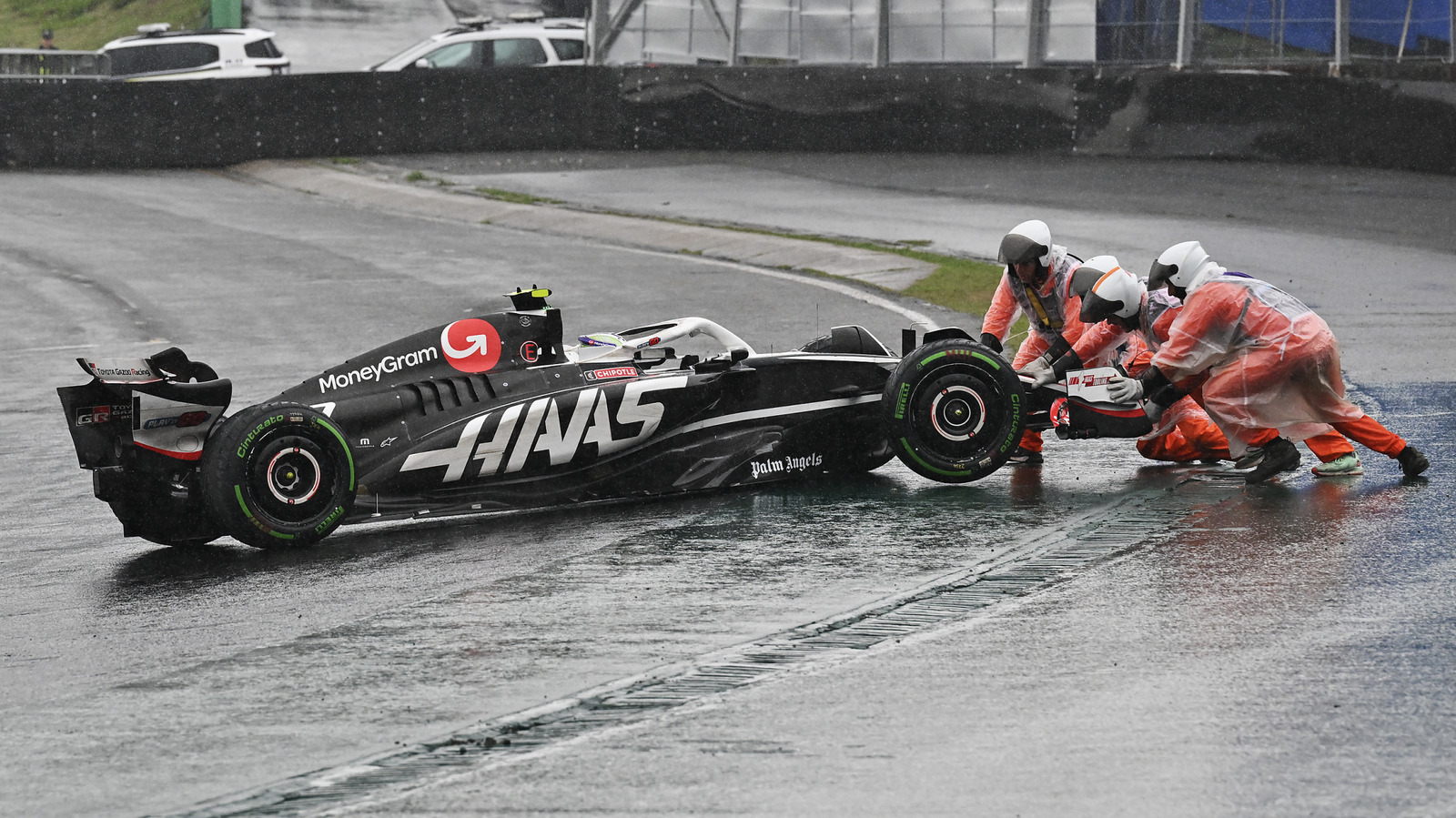
Honda’s New Electric SUVs Outsell GM Rivals Despite Smaller Dealer Network
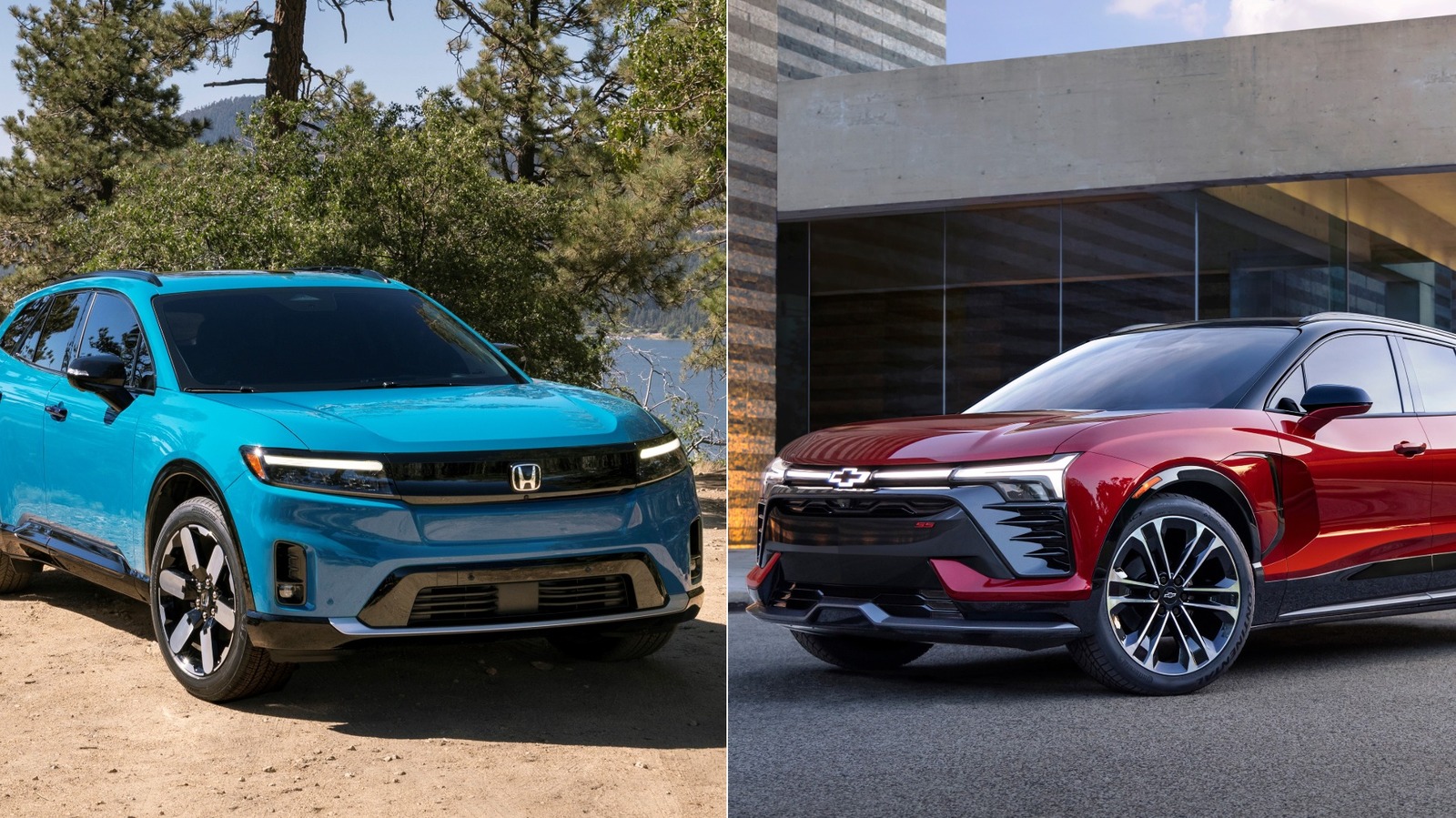
UK Reintroduces Electric Car Grants Up to £3750 to Boost Affordable EV Adoption
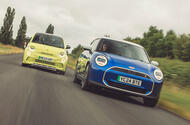 Electric Car Grant will provide discounts on cars priced below £37k – subject to sustainability criteria
Electric Car Grant will provide discounts on cars priced below £37k – subject to sustainability criteria
The UK government has confirmed it will reintroduce grants for new electric cars, offering discounts of up to £3750.
The new Electric Car Grant, backed by £650 million of government funding, will apply to certain new EVs that are priced at or below £37,000.
A Department for Transport (DfT) spokesperson told Autocar that the discounts could be applied to new EVs as of Wednesday (16 July).
It comes three years after the previous, Conservative-led government axed the Plug-in Car Grant (PiCG), which offered a fixed £1500 off list prices on EVs priced below £32,000.
Since then, demand for new EVs has fallen short of the rise that was forecast at the time – and much of the car industry has recently called for support to stimulate the market, particularly for private buyers.
Compared with the PiCG's fixed £1500 discount, the value of the new Electric Car Grant offered on each model will depend on sustainability criteria, which the government has yet to disclose. Cars deemed to be in “band one” will be discounted by the full £3750 while those in “band two” will receive up to £1500.
The spokesperson said bands (which could expand beyond two) are determined by how much CO2 is emitted in an EV's production is, assessing the energy used in vehicle assembly as well as battery production. Threshold levels have yet to be made public.
They added that contrary to some reports, UK-made vehicles – such as the Citroën ë-Berlingo and from later this year the next-generation Nissan Leaf (pictured below) – would not be given additional benefits. "All products are assessed under the same framework," they said.
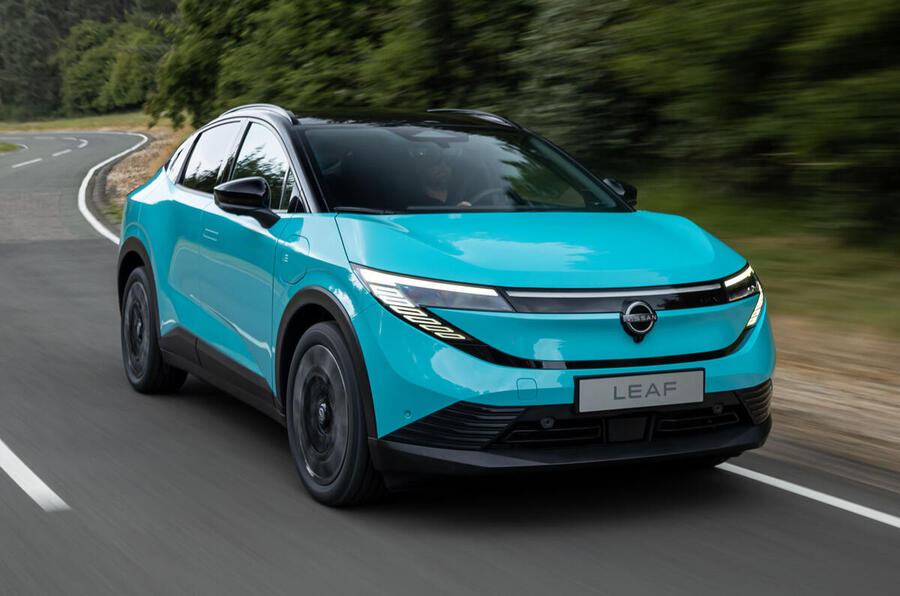
The grant will only be offered to manufacturers that have verified science-based targets (SBTs) for carbon reduction and that have emissions scores below a threshold that the government has also yet to define.
When asked for clarification on these sustainability criteria and emissions scores, the spokesperson said: "An SBT [that we consider verified] is one that has been validated by the Science Based Target initiative [SBTi]. Scores are relative to an index based on the carbon intensity of different [power] grids."
Unlike the previous PiCG, car buyers will not have to apply for the grant themselves. Instead, it will fall on manufacturers to submit their EVs for inclusion in the scheme, based on the government’s criteria.
The government’s funding will be allocated on a first-come, first-served basis, and it will publish a list of models that qualify in the coming weeks.
Asked when the grants will come into effect, the spokesperson said: "If manufacturers are confident their application will be successful, sales from before formal application approval would be eligible for the grant provided they comply with all aspects of the scheme and the application was subsequently approved. This applies from Wednesday 16 July."
The £37,000 threshold was chosen because it "targets the more affordable end of the market, ensuring funding for the ZEV transition can reach as many people as possible", the spokesperson added.
Asked why it would not include more expensive cars, such as the £37,500 Vauxhall Grandland Electric, the spokesperson said: "All grants for ZEVs need to offer the best value for money for the taxpayer – we won’t subsidise luxury cars for those who can afford them."
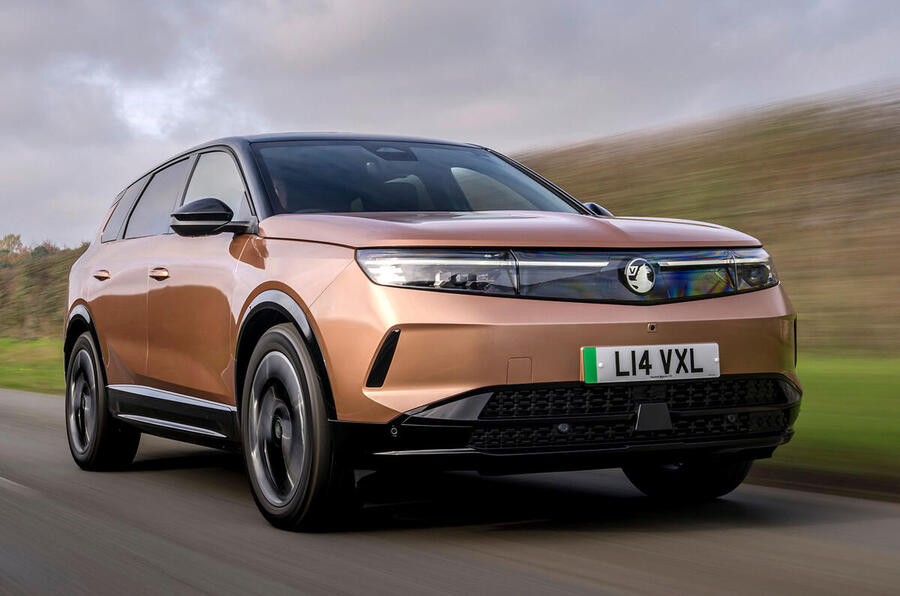
The government said it would fund the grants until the 2028-29 financial year but the scheme could be amended or closed early, with no notice, if cash reserves for it were depleted. "This will remain under review," said the spokeperson.
The move comes as car makers are working to hit the UK’s Zero Emission Vehicle (ZEV) mandate, which this year requires them to achieve an EV sales mix of 28% or be fined £12,000 per non-compliant vehicle. So far this year, just under 25% of all new cars sold in the UK have been fully electric, prompting concern – although manufacturers can also trade reductions in their fleet emissions for de-facto 'sales' of electric cars.
The motor industry has also flagged that EV sales are being propped up by sales to fleets, which receive significant incentives in the form of benefit-in-kind tax breaks.
Mike Hawes, chief executive of industry body the Society of Motor Manufacturers and Traders, has been one of the most vocal proponents for reintroducing an EV grant. He hailed the news as a “clear signal” for prospective buyers to go electric.
“Rapid deployment and availability of this grant over the next few years will help provide the momentum that is essential to take the EV market from just one in four [new cars sold] today, to four in five by the end of the decade,” he said.
Adam Wood, managing director of Renault UK, said the incentives are "extremely welcome" but called for further action to hit the 80% EV sales threshold for 2030 set out by the Zero Emission Vehicle (ZEV) mandate. "It remains critical that car makers, infrastructure providers and government remain united in delivering everything required to make that happen," he said.
A spokesperson for Volkswagen Group UK said it was "pleased" the government was implementing a new grant because it signals a "clear direction of travel" towards battery-electric cars. However, they added it was too early to forecast the grant's impact on its customers, given it has yet to receive full details from the government.
Delvin Lane, CEO of charger provider Instavolt, said the grant will be a “major contributor” to boosting demand for EVs.
The grant is part of a wider move by the government to increase the appeal of EVs. On Sunday it announced Drive35, a £2.5 billion fund “supporting projects which help the transition to zero-emission vehicle manufacturing”.
This includes cash for manufacturing, R&D, jobs, training and more to “help ensure the UK remains at the forefront of zero-emission vehicle development”, said the government.
Business and trade secretary Jonathan Reynolds said: “Economic growth is our number-one priority, and by funding our world-leading auto sector, we are creating the right conditions for increased investment, bringing growth, jobs and opportunities to every part of the UK.”
The Mystery of the Missing Birds in the Cadillac Logo Explained
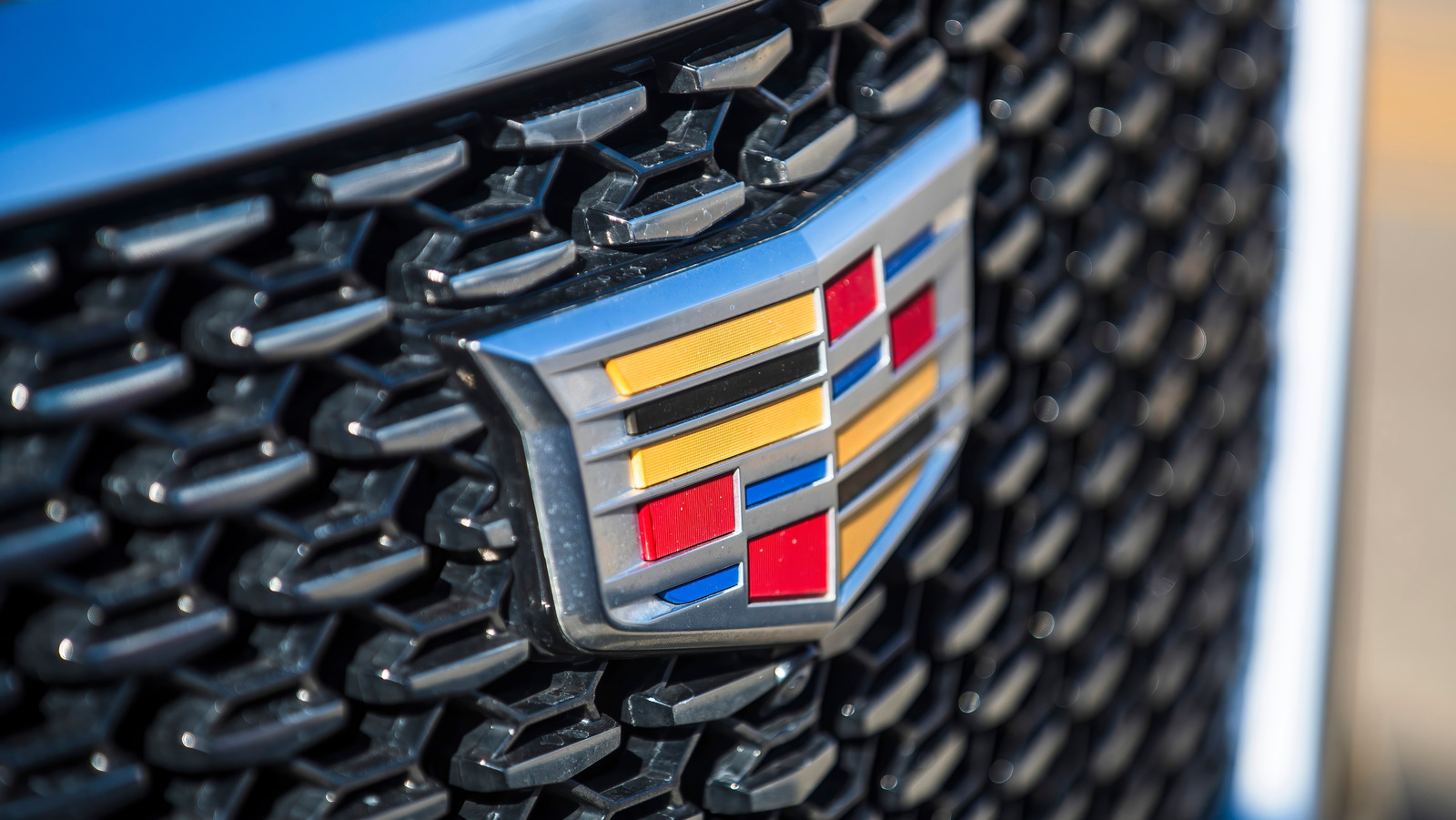
Why Stylish MPVs Are Set to Redefine the Family Car Revolution
 Traditional MPVs could shake up the family car market as "SUV bashing" becomes more prominent
Traditional MPVs could shake up the family car market as "SUV bashing" becomes more prominent
Renault design boss Gilles Vidal predicts the people carrier could make a comeback to shake up the family car market as designers explore new ways of boosting efficiency and depart from the hallmarks of conventional SUV styling.
People carriers, or multi-purpose vehicles (MPVs), used to be big business in Europe, with the likes of the Renault Scenic, Vauxhall Zafira, Ford Galaxy and Citroën Picasso claiming a huge share of the regional car market (the segment accounted for more than 10% at one point) on the basis of their ability to accommodate seven occupants in a tall cabin, while occupying a footprint comparable with an estate car.
The decline of the MPV began in 2006 when Nissan launched the Qashqai - effectively the genesis of the crossover segment, which would come to be the default choice for family motoring and dominate Europe's car market. Currently, SUVs account for more than half of all European car sales, while MPVs have dropped to a market share in the low single digits.
But Gilles Vidal says the transition to electrification could bring about a renaissance for the MPV segment, as car makers strive to make their vehicles as efficient as possible and exploit the packaging freedoms of EV ‘skateboard’ architecture.
He said: "SUVs won the battle against the MPVs because MPVs are cars that you need but you don't desire, and suddenly SUVs with the same engines, same weight, same everything - they are shapes that you will desire.
"Now there's an SUV bashing going on in Europe, especially. You would never do MPV bashing because it's a very respectable family car - but it's equally polluting, equally heavy, equally everything, so that's a weird society twist."
Vidal added that the general concept of an SUV "is still attractive today for most people, and still a functional car in terms of size, roominess and practicality". But he said that as cars become more aerodynamic in pursuit of efficiency, we could see a return to lower, sleeker and more MPV-like silhouettes.
"What will probably happen with SUVs is they will try to be more and more efficient, so maybe slightly lower and better in aerodynamics. They will morph into a very efficient car, less energy consuming, with equivalent habitability and roominess and everything that's probably the trend."
He said Renault's segment-straddling Emblème concept (pictured below), due in production in the coming years as the first of a new-generation electric car line-up, is a “morphing of all of that” – with a raised ride height but a sleeker, lower profile than any of Renault’s current SUVs.
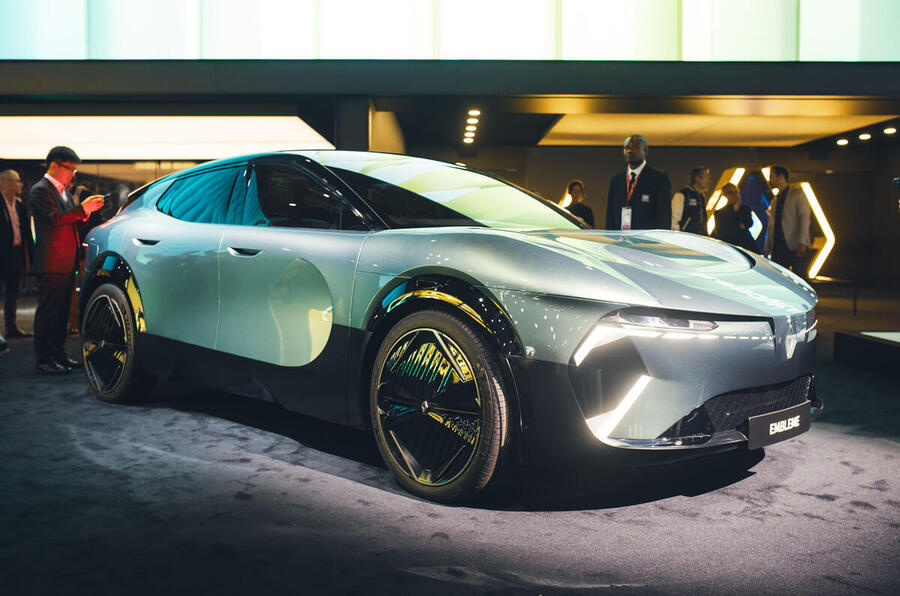
MPVs are already playing an important role in China, the world’s biggest car market, where manufacturers such as Zeekr, Lynk&Co, Li Auto, Denza and Xpeng have each launched luxurious three-row people movers with technology and refinement to rival limousines like the Mercedes S-Class and BMW 7 Series.
Vidal suggested that this quest for efficiency could ultimately prompt an all-out rethink for Europe’s most popular type of car: "What could kill SUVs? That's the interesting question. Maybe MPVs could come back in a sexier, desirable shape or form.”
However, he said, MPVs would be broadly comparable with SUVs in terms of energy consumption and material usage: “In the end, they wouldn't be lighter or less energy-consuming - maybe slightly better in aerodynamics, so that would maybe be the win.
“I see two trends: super-efficient SUV transformation, and maybe a big comeback of sexy, desirable MPVs.”
Autocar has previously reported that Renault was considering a retro revival for the Espace MPV, using the Scenic's AMPR Medium platform as the basis for a sharp-nosed electric seven-seater to rival the Volkswagen ID Buzz.
However, Vidal said the Renault 4, 5 and Twingo will be the company's only retro-styled designs for the foreseeable future. "For everything else, we will go future. We will go innovative. We want to be super-innovative, but we don't want to be sci-fi, futuristic, and lack personality or emotion.
"We don't want robots. We want emotional cars, which could make them more classical."

